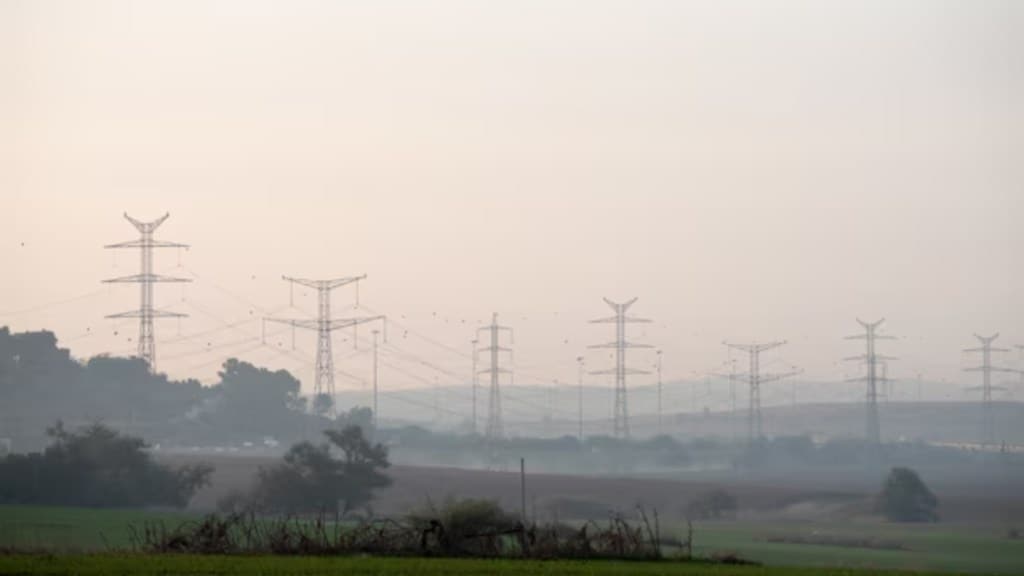The Budget 2025-26 paved the way for the crucial reforms needed in the power sector – strengthening of the distribution and transmission segment while enabling a clear path for the non-fossil energy to meet the country’s net zero targets.
However, while the industry welcomes the measures, it remains cautious of clear regulatory frameworks and risk-sharing mechanisms for its proper implementation.
“The Nuclear Energy Mission, targeting 100 GW by 2047, is a game-changer, as nuclear power can provide round-the-clock clean power. However, the success of private sector participation, facilitated by proposed amendments to the Atomic Energy Act, will depend on clear regulatory frameworks and risk-sharing mechanisms. The investment in Small Modular Reactors (SMRs) with an outlay of INR 20,000 crores is a forward-looking step, with the potential to enhance energy security,” said Raju Kumar, Partner and Energy Tax Leader, EY India.
Anish De, Global Head of Energy, Natural Resources and Chemicals at KPMG noted that in the coming decades the country will become the second largest energy demand centre in the world and thus nuclear energy will play a central role in decarbonization of India’s energy supplies.
“For this a range of issues have to be addressed including on technology, fuel, safety, liabilities and costs. Setting a clear north star on development of nuclear power at scale through the Union Budget provides directional clarity on these issues. However, a string of follow-on measures will be required to ensure implementation of the goals and attract. Amendment of the Atomic Energy Act will be a key step in that regard,” he said.
The government envisages a 100 gigawatt (GW) of nuclear energy capacity by 2047 as a part of its energy transition efforts. To achieve the same, it aims at increasing the private sector participation in setting up nuclear capacities by amending the Atomic Energy Act and the Civil Liability for Nuclear Damage Act, Finance minister Nirmala Sitharaman has announced.
The government will also set up a Nuclear Energy Mission for research & development of Small Modular Reactors (SMR) with an outlay of Rs 20,000 crore. It targets at least 5 indigenously developed SMRs to be operationalized by 2033.
As of December, the country’s installed nuclear capacity stands at 8.18 gigawatt (GW), as per the latest data from the Central Electricity Authority. The government has provided a push to boost the private sector’s participation in nuclear energy projects which will remain a monitorable, industry players say.
In addition to this, the government also said that it will incentivize electricity distribution reforms and augmentation of intra-state transmission capacity by states. The move is likely to improve the financial status of the discoms while expanding the transmission network as the country’s power demand rises. The country’s state-owned discoms have been under stress and loss making primarily due to delays in realising payments from state government departments for power supply which constrain the discom finances.
Sabyasachi Majumdar, Senior Director, CareEdge Ratings said that the continuation of 0.5% additional borrowing limits for states undertaking DISCOM reforms augurs well for the domestic power sector.
The National Manufacturing Mission for clean tech announced in the Budget is a crucial step in reducing import dependence for solar PV cells, wind turbines, and battery storage, supporting India’s goal of energy self-sufficiency, Kumar highlighted.
The government has targeted 500 GW of renewable energy capacity by 2030. A key challenge in its realisation has been the intermittent nature of renewable energy and higher import dependency in key equipment.
“Lower customs duties on solar modules, lithium-ion battery waste, and critical minerals will enhance cost competitiveness and encourage local manufacturing,” Kumar said.


